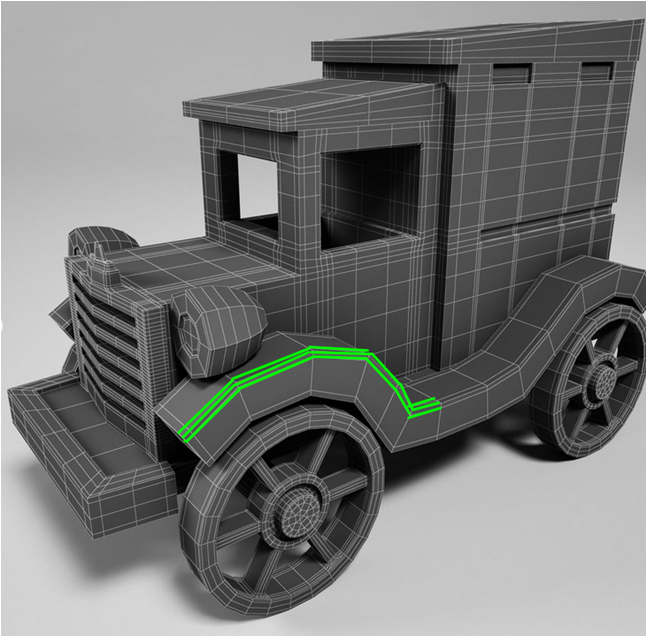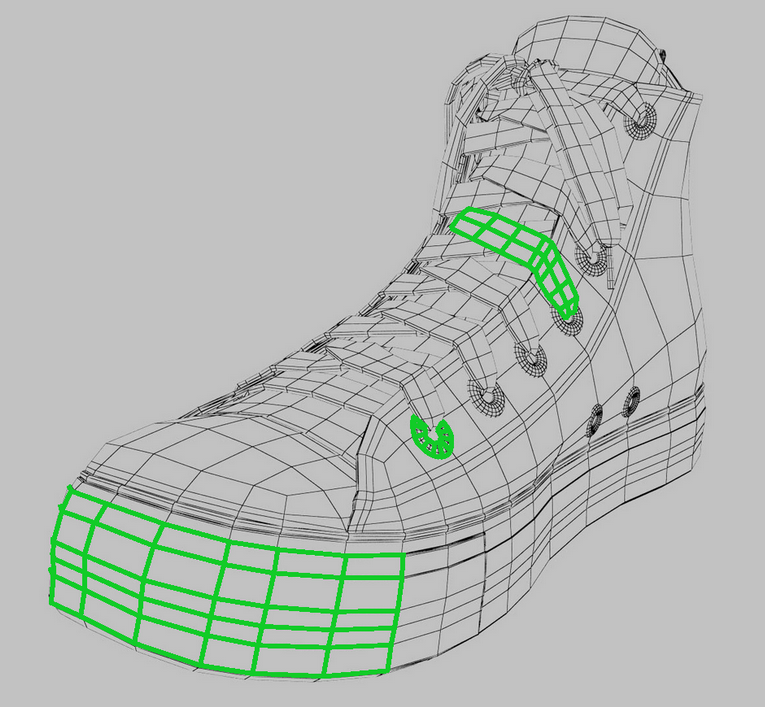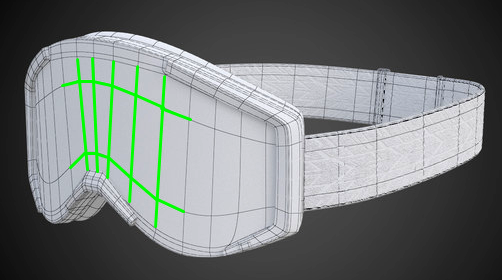To help you pass CheckMate Pro v2 certification faster for subdividable models, here is a summary of the topology requirements. Please refer to the links for more detailed information, and also to the CheckMate Pro v2 Checklist.
Topology Requirements
- Grid pattern for edges wherever possible. By this we mean have as close to 90-degree angles between edges as possible while still retaining the shape and flow of the model. The grid can go diagonally or turn corners, as long as it retains a grid pattern throughout the model as much as possible.
- Supporting edges to hold shape during subdivision.

- Cutouts and protrusions constructed with the methods described in the Round Cutouts and Oblong Cutouts videos.
- Objects are in separate pieces to correspond with separate pieces or sections in the real-life object, especially if different sections have different grid arrangements.
- T-vertices only where required for turning corners.
- In 3ds Max and Maya, no Crease settings above 0.
- Edge flow that allows selection of loops and rings, wherever possible.
- Edge flow and subdividability are not necessary on small, insignificant objects such as screws, bolts, rivets, wires.
- One-sided thin objects with opacity maps do not have to be subdividable. Examples: leaves, decals, paper.
- No openings that cause parts of the model to become see-through.
Presentation Requirements
- Wireframe thumbnails showing the model at subdivision level 0, and at least one level higher.
- Closeup wireframes are required if the topology of detailed areas isn’t easy to see in the full view of the model (this is usual).


